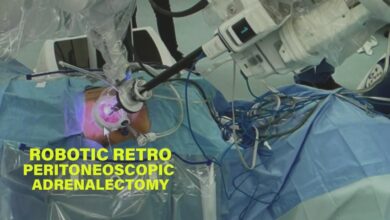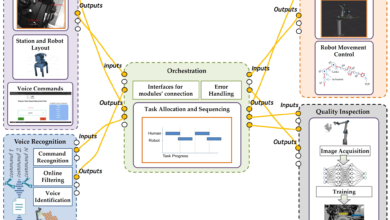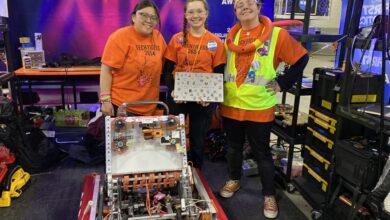An Astronautics Polymath Discovers a Talent for Robotics – USC Viterbi
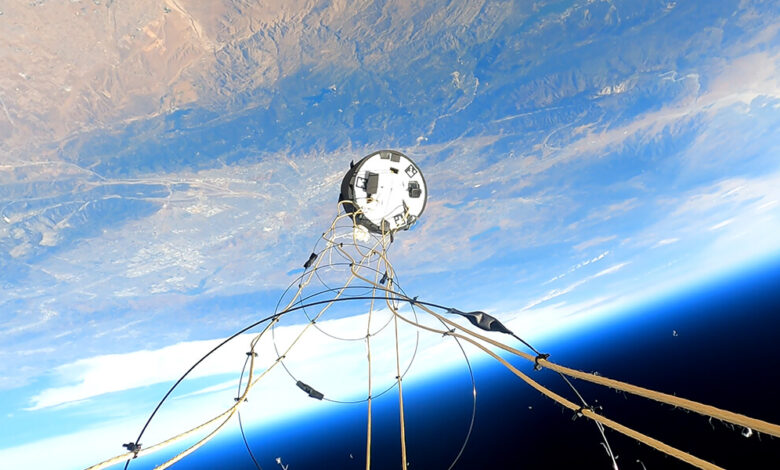
Visualization from an experiment conducted by Henry Adam during his JPL internship: what is the stable way to suspend a balloon in the Venusian atmosphere?
For enterprising USC Viterbi astronautics student Henry Adam, the interdisciplinary field of robotics is a solution to his primary challenge as an engineer: the conundrum of being interested in…everything.
That fascination has taken him to extraordinary places – not least, a major project to design a new docking system prototype currently on board the International Space Station and a coveted internship in the robotics division at NASA Jet Propulsion Lab (JPL). His next step is grad school, where he’ll gain the necessary grounding for following his “moonshot” – to design the robotics that will enable off-planetary infrastructure. In short, the framework for researching, exploring and even inhabiting space.
You’ve taken on a dizzying number of prominent projects during your time at USC – what have you learned from each?
Every project has been a steep learning curve, because they’re all in highly different fields!
When I first arrived at USC I joined the Rocket Propulsion Lab (RPL), taking on a mechanical engineering role for the design of their new liquid rocket engine test stand. Knowing very little about mechanical engineering, I had to learn the ropes quickly.
Then, in my sophomore year, I took on an even more ambitious project – software engineering for CLINGERS, the experiment in automated docking that was sent up to the International Space Station. At that point, I had very little experience in software for embedded systems, so I was starting from scratch once again.
Last year, I pivoted to electrical engineering for my team’s senior project to design a pulsed plasma thruster. The goal was to develop a more economical and efficient source of rocket propulsion. On the side, I also thought I’d try my hand at coastal engineering, taking on a project which involved swimming out to the Hermosa Beach pier and attaching various sensors to measure how waves transform as a shoal.
All the while, I’ve been pursuing a minor in entrepreneurship, which has given me a primer in envisioning and pitching a business. Each project has provided a new direction for exploration, a new set of skills and a clue to what I enjoy the most – the area where I can have the greatest impact.
What prompts you to resist the impulse to specialize?
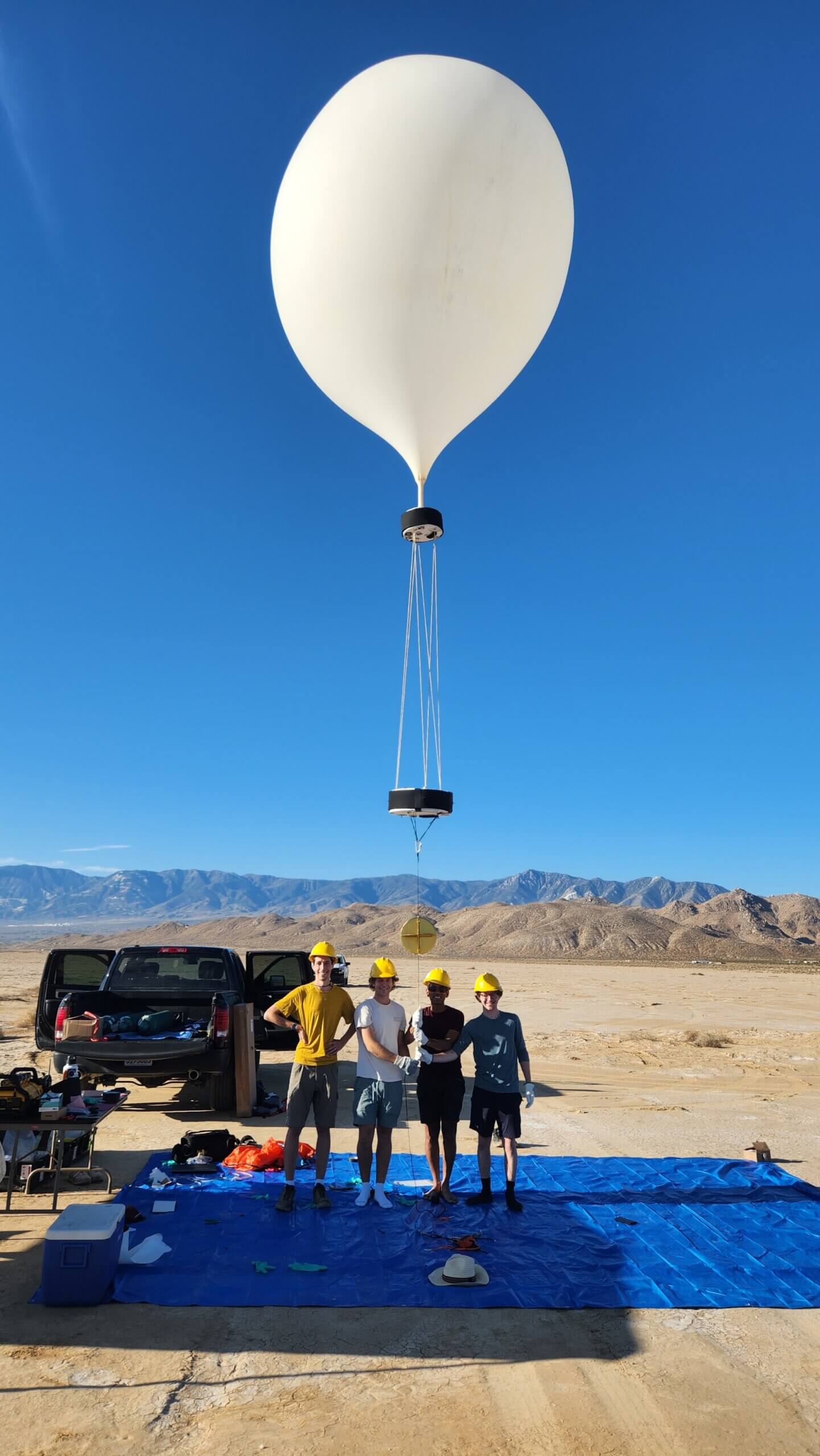
Henry Adam (second from left) with team members from JPL Robotics during his 2023 internship
For me, studying at USC has been a rare opportunity to gain exposure to multiple different fields of study – it’s been fun to design my own balance of all of the different aspects of learning, and to achieve a measure of success in each. Yes, it’s great to have worked on a project as high profile as CLINGERS, where the docking system we designed was actually sent up to space. But at the end of the day, the greatest value for me has been the chance to combine my engineering education with wholly different ways of thinking – taking classes in philosophy, psychology and linguistics and applying the openness of the humanities to the procedural logic of science.
Alongside that balancing act you also won a coveted internship at NASA Jet Propulsion Lab. How did that come about?
CLINGERS was a collaboration with NASA Ames Research Center, so I worked with NASA engineers to help develop the software for the experiment.
The NASA connection positioned me for the JPL internship, based in their robotics division – one of the best in the world. My project involved doing preliminary experiments for a mission to Venus, to figure out the most stable way to suspend a balloon in the Venusian atmosphere.
What’s next for you?
I’ll be going to grad school at Delft University of Technology in the Netherlands. When it comes to an eventual specialization, being surrounded by the incredible engineers in the JPL robotics division gave me a strong sense of how I can combine the different skills I’ve developed.
In space robotics, you have to know mechanical design and electrical design; you have to know software design and you have to understand the space environment. It’s highly multidisciplinary, allowing me to apply myself in multiple different directions while centering my attention on a specific project goal.
When it comes to future goals, though, I’m keeping my options open – that approach has worked well for me so far. Grad school will teach me whether I’m better suited to research or working in the private sector, even starting my own company. The space industry is moving towards a hybrid public-private structure and the commercial opportunities are huge. We’re seeing more and more thriving startups, especially in the Los Angeles area.
For me, it’s all about creating the best possible platform for creativity and exploration, both for my own life and the space industry more generally. As a roboticist, I’d like to be able to contribute extra-planetary infrastructure that will allow human beings to venture further into space and put down “roots,” as it were. Imagine if we could live and work on the moon? There’s an argument for staying here on Earth, but I think our curiosity as a species is too great for that.
Published on May 7th, 2024
Last updated on May 7th, 2024
